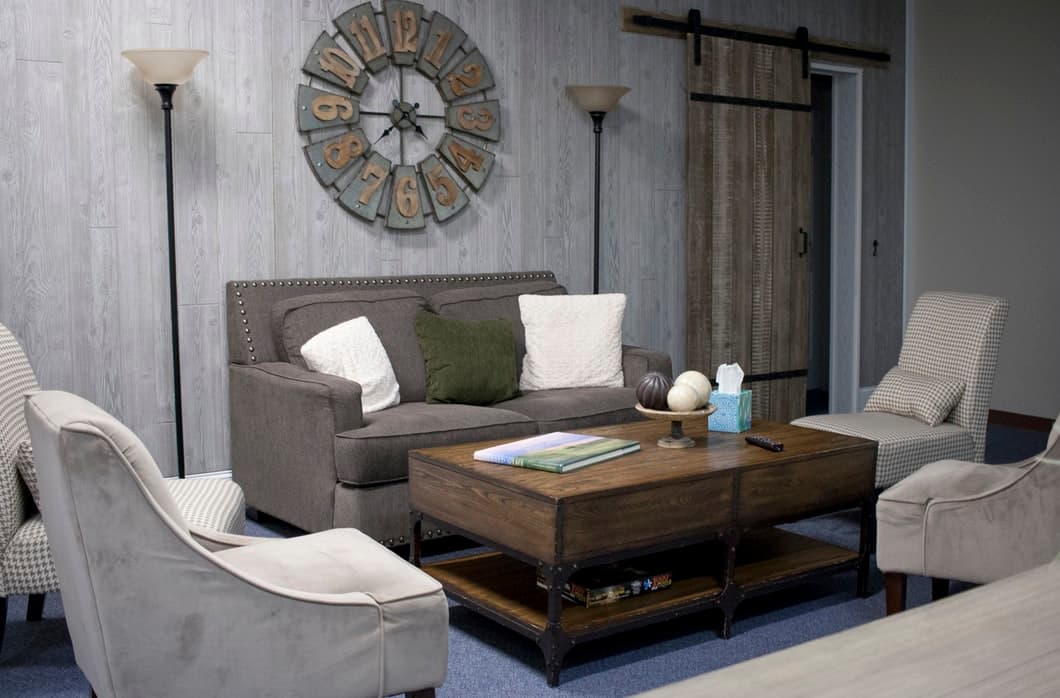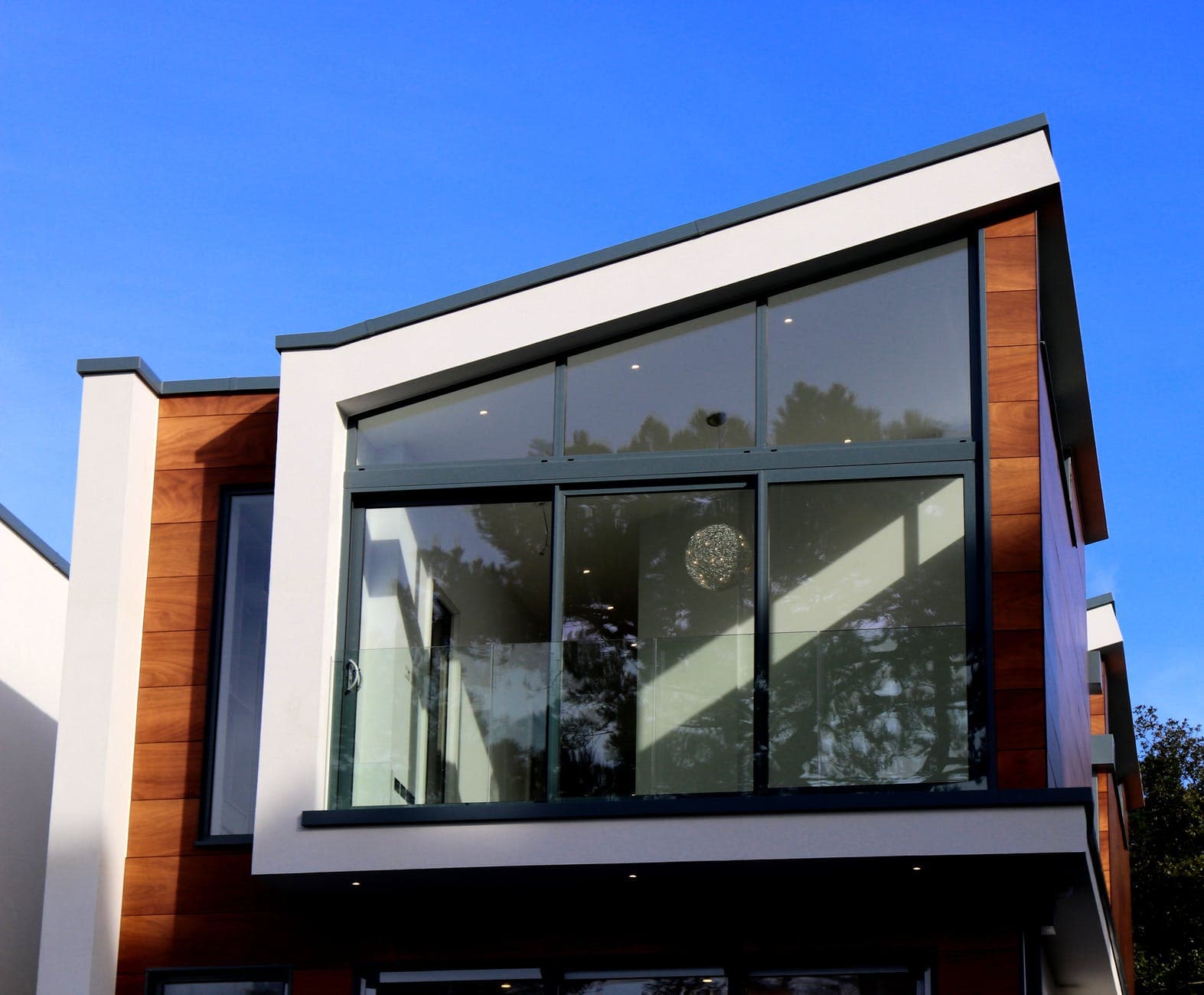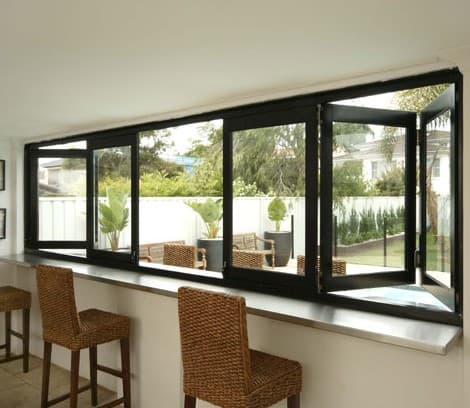How to Install a Modern Interior Barn Door
By Équipe éditoriale
Updated on June 9, 2025

No surprise here, interior sliding barn doors are gaining traction with interior designers and homeowners alike. Surely, their functional and stylish nature, suited to any home, regardless of the décor, has something to do with it. Whether it's a single or double barn door, there's no doubt about it, they add a rustic touch to the overall aesthetic without overwhelming the space in question. And, they're retailed in a variety of designs and sizes, tailored to conceal and reveal with an effortless motion.
If you're interested in installing a sliding barn door in your home, note that it's an easy weekend DIY project to tackle. However, you should consider a few things before moving forward with the installation, such as colour, size, design (reclaimed wood, traditional barn door look, authentic barn doors, etc.), hardware, labour costs, etc. Once you've mulled over these key factors, follow our step-by-step guide to install your very own sliding barn door!
Barn Door Price Guide
Type of barn door or accessory | Average price |
|---|---|
Barn door hardware (standard aluminum) | $100 to $200 |
Barn door hardware (stainless steel) | $100 to $350 |
Barn door hardware (brass) | $150 to $600 |
Barn door hardware (custom design) | $100 to $600 |
Standard lightweight door | $200 to $500 |
Custom doors with glass inserts | $400 to $800 |
Wood barn door | $200 to $1,200 |
Hardware Prices
Whether indoor or outdoor, as we know sliding barn doors require a track and related hardware. The cost of barn door hardware ranges greatly and depends on whether this is custom built or purchased as a kit, as well as the amount of weight the system can hold, size, durability, and number of tracks. Further, the material of the hardware will affect the cost.
For example, standard aluminum hardware can start at $100-$200, whereas a stainless-steel hardware set can range from $100- $350, also depending on size and manufacturer. For premium materials such as brass, a kit can cost anywhere between $150-$600. For custom designed hardware kits, costs can range anywhere from $100-$600.
It is important to also remember that this does not include the door itself, though most important in this project is the hardware. Quality hardware will make the difference between a noisy bar door and one that runs smoothly.
Barn Door Prices
The price of sliding barn doors also ranges greatly and generally depends on the size of the door itself, as well as the material. Again, prices vary widely as many homeowners choose to repurpose or salvage materials themselves, helping to keep costs down extensively.
Standard-sized interior lightweight doors can cost between $200-$500. Custom built doors with glass inserts will be between $400-$800 whereas all wood models will range from $200-$1,200. Again, remember that these prices do not include installation! If you’re not so keen on completing the process yourself, remember to speak with a professional!
To find out about the average prices of different home renovation projects, check out our Home renovation price guide.
Sliding Barn Door Installation Steps
1. Before installing your barn door
Since your barn door will likely be a focal point in your home, make sure that it looks great alongside performing the necessary functions. For this reason, the chosen hardware must be durable, smooth, and noiseless.
It may cost a little more to purchase a quality track, but it's well worth it in the long run. Another thing to consider before installing a barn door is whether you have the space for it. Although sliding barn doors can free up space as opposed to a swinging door, you'll have to account for both the track and room for the door to slide back and forth on the wall in question.
Bear in mind that, should you plan on having double barn doors, you'll need sufficient wall space on either side of the doors. Make sure the doors aren't covering outlets, light switches, windows, vents, doors, or artwork when opened. Furthermore, the door itself has to be wider than the actual doorway, at least several inches wider than the opening to minimize the gap between the door and wall.
Lastly, make sure that your home has the structural support to accommodate a sliding barn door (wall studs). Most barn doors are heavy, and in turn, require proper support to hold up. If you’ve ticked all of these boxes, you should be good to go to install a sliding barn door in your home.
2. Gather the necessary hardware

source: Pixabay, terimaklasih0
First things first, when installing an interior sliding barn door, you’ll want to make sure that you have all the necessary hardware. Every single piece of hardware necessary to install your barn door has a purpose, so pay special attention to all the little bits needed. If you buy a hardware kit, note that everything you need will be included. Otherwise, head to the nearest hardware store and inquire with customer service professionals to know exactly what material and tools you might need to successfully carry out this project.
3. Install the backer board and metal track
The backer board is used to secure the metal track to the wall and as an additional weight support system for the barn door. You’ll want the backer board to be the same length but slightly wider than the track itself to properly secure the track system to the wall or ceiling. Also, make sure to use a stud finder to mark your drill holes above the doorway.
Then, get a hold of masonry anchors, spacers, and lag bolts to secure the backer board in place. If you want, you can even paint the backer board the same colour as the track or wall. Should you decide to paint or stain the backer board, do so before mounting it. You can also sand down the backer board's edges for a more polished look.
Next, follow the manufacturer's instructions to assemble the metal track and rollers. Measure the track and the distance between each wall stud above the doorway, and cut the track as necessary. Once done, mark the holes and drill through the track with a metal-cutting drill bit. Secure the metal track to the backer board or wall. Make sure to apply cutting oil to the drill hole to keep this area cool.
4- Install the Track and Hang Your Barn Door

source: Miserv
Time to install the track. First, measure for the track system and make sure that all measurements have been meticulously recorded. Then, using lag bolts, install the track and spacers to the backer board and wall, all the while making sure the track is perfectly level.
Now, it’s time to secure the rollers and hang your sliding barn door. Follow the instructions provided by the manufacturer, using the washers, nuts, and bolts supplied. Using a socket wrench, tighten bolts in place. You may need the help of a friend or family member to install the door, attach the anti-jump disks and rollers, and hang the door on the top track.
How to Replace an Interior Double Barn Door
Do you already have double barn doors but a little makeover is in the making? First things first, carefully remove the existing barn doors from the track. Once the doors are off the track, assess the state of the track, rollers, and hardware. If the track or any other piece needs fixing, proceed carefully by unscrewing the track from the backer board. Once the door and track have been removed, measure the replacement door. If its measurements match up with the existing door and the hardware is still in decent shape, carry on with steps 2, 3, and 4, as detailed above. If the hardware needs to be replaced, head to your local hardware store for a hardware kit suited to your new door. Make sure the bring the measurements with you!
If your new barn door is bigger or smaller than the previous one, remove the existing backer board, and start anew for a seamless installation.
For more inspiration, read:
Looking for something else?
Related articles
The latest industry news, interviews, technologies, and resources.

Cynthia Pigeon
•07 Nov 2023
Besides opening up to the outside world, windows in a home also help maintain that precious warmth we so desperately crave during the winter months. When it is time to replace them, it is also important to consider the appropriate type of framing that will both meet your aesthetic and thermal needs.

Cynthia Pigeon
•14 Nov 2024
It seems like cold weather is always around the corner, so there is literally no need to highlight the importance of avoiding cold drafts wafting through your house. Since it causes both discomfort and significant increases in your heating bill, avoid this issue at all costs! Check out these helpful tips and tricks.

Editorial Team
•07 Nov 2023
Of course, the happiness that dogs bring isn’t surprising. Their energetic demeanour and natural curiosity, along with irresistibly cute fur and ears, can make it very hard not to love them.

Editorial Team
•04 Oct 2024
Natural light is something that every human being requires. It keeps us healthy, happy and productive. Homeowners who are lucky to live in spaces with lots of natural light can likely attest to this.

Cynthia Pigeon
•29 Oct 2025
Have you ever just taken a minute to look outside and admire the cityscape? Keeping an eye on your kids while they play outside or simply noticing the fresh layer of snow that has covered the streets overnight?